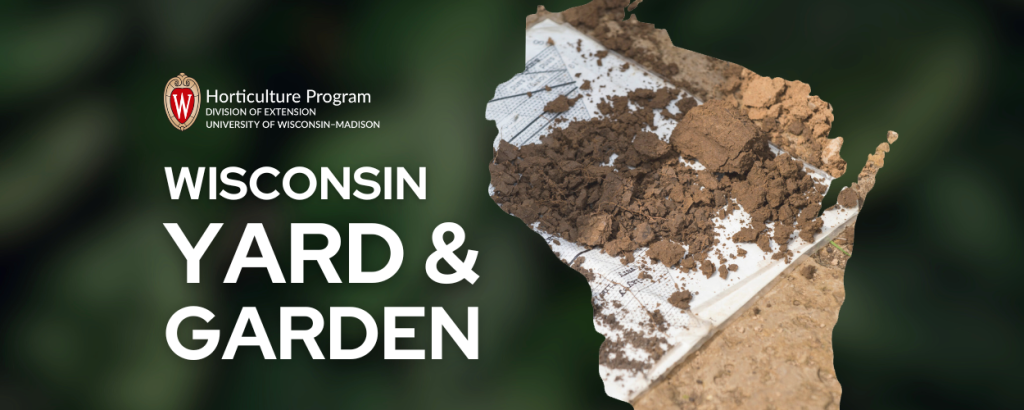
Soil provides the essential foundation for successfully growing plants in gardens and landscapes, including a balance between water and oxygen and adequate available supplies of vital plant nutrients. With fall approaching, consider a soil test for a clearer analysis of soils in your yard or garden.
Good drainage and water holding capacity are essential for healthy plant roots. Soils with good drainage usually have an optimum combination of sand, silt, and clay sized particles. Water holding is enhanced by soil organic matter. Conditions with excessive drainage, typically very sandy soils, or poor drainage, oftentimes soils with prominent amounts of clay, usually become very apparent to gardeners. Adding organic matter, including compost, rotted manure, or peat, will help improve both scenarios.
What about assessing soil fertility? Plant growth can give clues, and recommendations often call for routine fertilizer applications for growing different garden crops and landscape plants. To get a clear picture of soil fertility, however, soil test results are best. Soil pH, measuring soil acidity or alkalinity, along with nutrient levels, including phosphorus and potassium, are valuable components of soil test results.
Soil pH influences the availability of essential plant nutrients by altering soil chemical reactions. Soil pH values lower than seven are acidic and above 7 are alkaline. Most plants prefer a slightly acidic soil pH, such as in the 6.5 range. Adjust soil pH with amendments such as limestone, which raises pH (makes more alkaline), or sulfur, which lowers pH (makes more acidic). Which to add and how much can only be accurately determined by pH values found through soil testing.
Continually adding nutrients via routine fertilizer applications, in particular phosphorus and potassium, can create excessive nutrient levels in soils, potentially leading to a variety of soil related issues. Soil test reports provide accurate levels of these nutrients and if necessary, include details on corrections to be made specifically for the plants or crops being grown. Many garden soils, especially in southern Wisconsin, show high or excessive levels of phosphorus.
Consider soil testing as fall approaches. Fertilizers applied last spring have dissipated, giving accurate soil fertility readings, and there is time to adjust prior to the 2026 growing season. Sample only soil, not mulch or vegetation found on the soil surface. Collect the top 5 to 7 inches of soil from multiple locations in the area to be sampled. Mix them together in a clean bucket and take about one cup to submit for laboratory analysis.
Your local County Extension Office may have information on where to submit samples, or go to the website hort.extension.wisc.edu/soil-testing for more information on submitting samples.

About the Author
Bruce Spangenberg is a Horticulture Outreach Specialist with UW-Madison Division of Extension. Get answers to your lawn, landscape and garden questions anytime at “Ask Your Gardening Question.”




